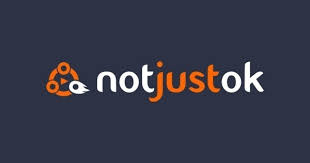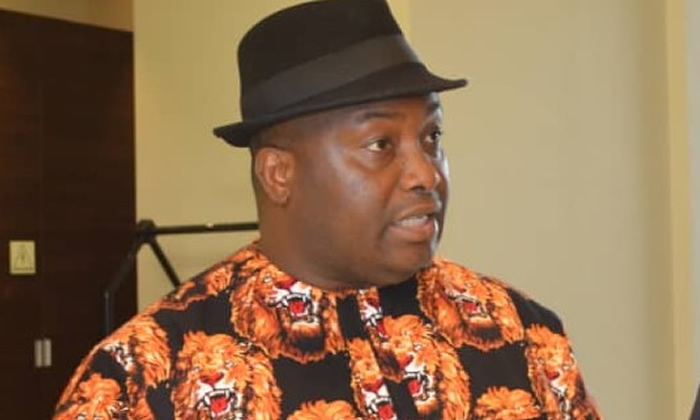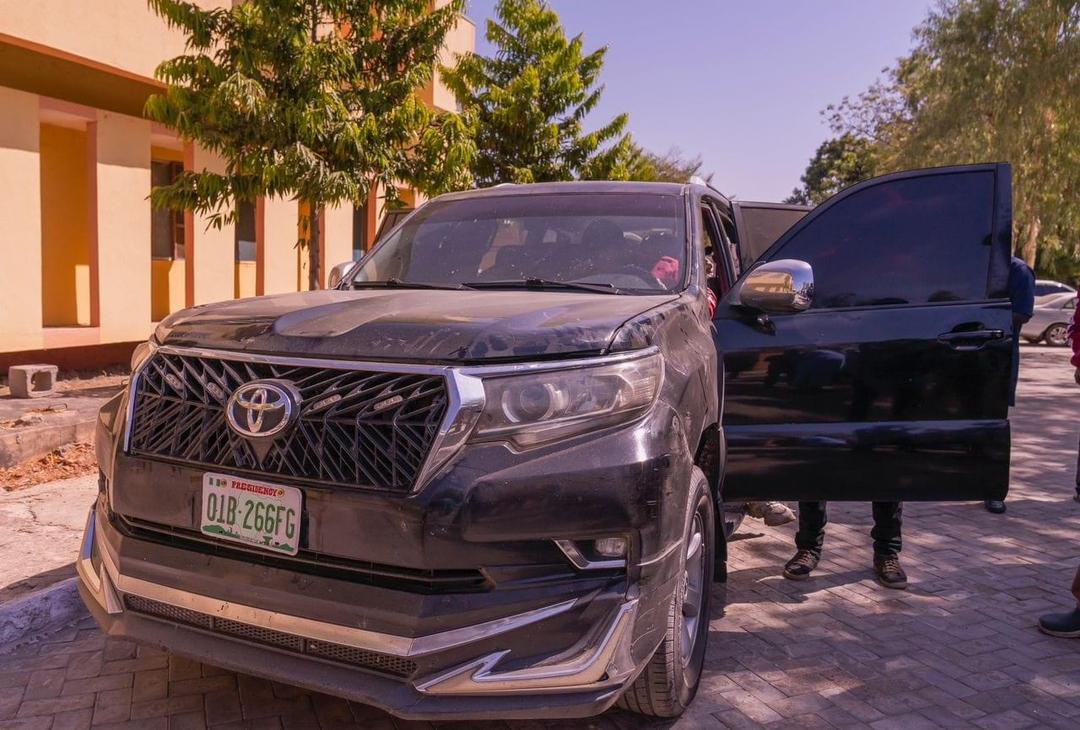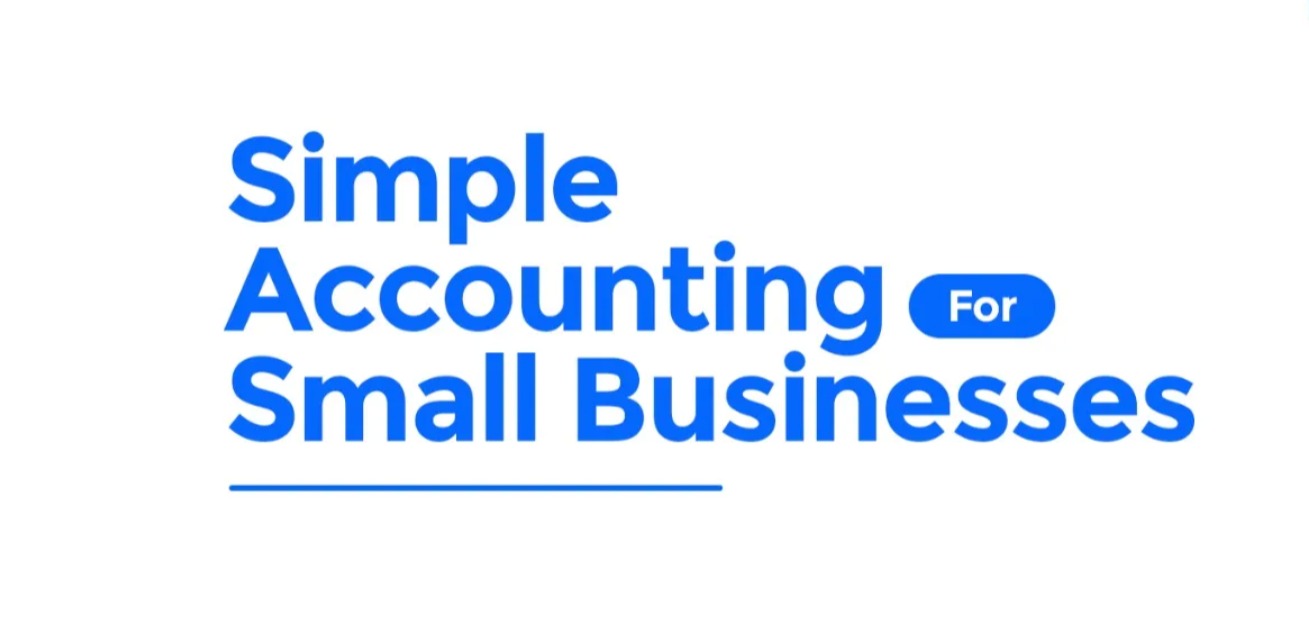Independent artists worldwide have discovered inventive methods to create remarkable tracks, beats and lines without relying on traditional studios.
And there are millions of people that love the distinctive identity that home-based creators bring to the table, and many up-and-coming producers have decided to work from modest setups. Low-cost digital tools, accessible tutorial platforms, and fresh software developments in AI have made it THAT much easier for new artists to record, edit, produce and share their music. This article investigates the current field of DIY music production, highlights the influence of artificial intelligence, and offers practical approaches for anyone hoping to assemble professional tracks in a small space.
The Current State of Music Production
AI is leveling the playing field for artists who don’t have access to expensive studios or professional production teams. Traditionally, achieving high-quality recordings required significant budget and expertise – for hiring session musicians, sound engineers, or renting studio time. Now, accessible AI tools can emulate many of these roles at low or no cost. Independent artists can create polished, radio-ready music from a bedroom studio, armed with just a laptop.
One standout is SOUNDRAW an AI music generator, which allows users to produce original music segments with a few clicks. Actual producers record the beats used to train the AI, eliminating concerns about unauthorized sampling. Artists can shorten intros, rearrange hooks, or personalize song structure quickly. Because SOUNDRAW is a royalty-free platform, any final track can be distributed for profit without additional fees.

For AI-Assisted Songwriting Suno or Amadeus Code have blown up in popularity. They suggest lyrics, rhymes, and even melodies. They serve as “co-writers” by providing creative prompts – all royalty-free for the artist to use.
Such tools don’t replace human inspiration, but they’re great for sparking new ideas when you’re stuck or to get started.
Surveys show that AI-based beat creation grew by almost 45 percent over the last year. Even music professionals find time-saving benefits in AI, and novice producers appreciate the help. While manual techniques remain the bedrock of inventive production, AI tools can simplify repeated tasks, such as cleaning up background noise or shaping percussion hits.
Above all accessibility is a major benefit — AI tools make professional-quality production affordable and efficient, allowing independent musicians to compete with big-budget productions
Inspiring DIY Artists Leveraging AI
A few forward-thinking creators have demonstrated how computer-based approaches can open unexpected possibilities within do-it-yourself recording. Grimes, for instance, has integrated advanced software processes to add new sonic textures to her signature pop aesthetic. Tracks like “Basilisk’s Lullaby” reveal how machine-driven programs can supply subtle vocal harmonies or rhythmic accents that enrich her central melodies. Even while algorithms assist with specific layers, the essence of her songwriting remains firmly personal.
Taryn Southern took a more structured path on her “I AM AI” album by inviting algorithmic tools to propose chord progressions, tempos, and melodic outlines. She then modified those suggestions to match her own sense of style, adding vocals and production elements that reflect her background as a YouTuber and on-camera personality. Listeners praised this fusion of mechanical input and human curation, noting the fresh directions that emerged when standard musical routines were challenged.
Meanwhile, Arca applies artificial intelligence in a way that disrupts typical song form. Her work often includes manipulated audio streams that shift unpredictably, creating stark contrasts between digital precision and raw emotion. She has used these methods to question conventional ideas of structure, timbre, and performance.
Each artist’s experience highlights how computer-generated patterns can supplement a personal vision, rather than overshadow it. The result is a broader creative space for home-based producers, one where resourceful individuals can experiment with software-driven ideas and still maintain full control over a track’s character.
How You Can Start From The Comfort Of Your Home: Audio Setup Essentials
Audio Interface
An audio interface converts analog signals (vocals, guitars, external synthesizers) into digital format and routes playback from the computer to speakers or headphones. Even a two-channel interface can suffice for many sessions. Brands such as Focusrite or PreSonus offer cost-effective models that deliver dependable results. Low latency is vital so that an artist’s performance lines up accurately with the track.
Studio Monitors
These speakers are built to reproduce sound with precision rather than add coloration. A normal household stereo might exaggerate certain frequencies, which can mislead a producer during mixing. Studio monitors provide a balanced response, making it easier to identify any inconsistencies in a track. Many smaller models suit cramped environments, and acoustic treatment like foam pads helps minimize reflections.
Headphones
Headphones offer an extra reference point, especially if the listening space is less than ideal. Closed-back designs prevent bleed when recording vocals, while open-back designs often deliver a more neutral sound for mixing. Either way, a reliable pair of studio headphones helps detect subtle issues such as background noise or pops in the vocal track.
Digital Audio Workstation (DAW)
A DAW is the foundation for recording, arranging, and mixing. It accommodates plug-ins, virtual instruments, and a variety of processing tools. Some are free, and others use a one-time license or subscription model. Selecting a DAW is partly about comfort and the intended musical direction. Below is an overview of a few popular DAWs:
| DAW | Operating System | Ideal For |
| Reaper | Windows, Mac, Linux | Those seeking a customizable workspace and low cost |
| Cakewalk by BandLab | Windows | Beginners who want an all-inclusive tool at no cost |
| GarageBand | Mac, iOS | Entry-level creators who use Apple devices |
| FL Studio | Windows, Mac | Electronic-focused producers working with patterns |
Microphones
Microphones capture vocals, acoustic instruments, or even atmospheric samples. Condenser mics excel at picking up details and higher frequencies. Dynamic mics handle loud signals without distortion. In any case, the right mic can transform the clarity of a recording. Positioning also matters: keeping a moderate distance and using a pop filter reduces plosives. Consistent mic technique produces balanced results throughout a take.
MIDI Keyboard
A MIDI keyboard sends data that triggers software instruments inside a DAW. It does not generate sound on its own but offers an intuitive way to play virtual instruments or adjust plug-in parameters. Many models include pads, sliders, and knobs for hands-on control. Even a 25-key unit can spur creativity for producers who prefer tactile interaction over point-and-click methods.
Essential Equipment Overview
| Item | Estimated Price Range | Example Brands |
| Audio Interface | $100–$300 | Focusrite, PreSonus |
| Studio Monitors | $150–$600 per pair | KRK, Yamaha |
| Headphones | $100–$200 | Audio-Technica, Sennheiser |
| MIDI Keyboard | $70–$400 | Akai, M-Audio |
| Microphones | $80–$300 | Shure, Rode |
The Music Production Workflow
Once your audio setup is complete, you can start by getting into the “flow” that many musicians speak of. Though no two producers share the exact same method, many rely on a concise framework to shape, record, and finalize a track, keeping each step organized from the earliest melodic idea to the final master. Here is a common breakdown of that production workflow:
- Writing
Ideas for melodies, lyrics, and chord progressions appear. Songwriters might jot them down or capture them on smartphones. - Sketching
Quick demos or jam sessions outline potential arrangements. Even rough phone recordings can serve as valuable references. - Demoing
Artists record basic takes of vocals or instruments to see how the track might shape up. This provides a blueprint for the finished product. This is where things like SOUNDRAW and Suno can add a ton of support. - Production
Here, final instrumentation and arrangement choices happen. Session musicians or virtual instruments might add layers, and the DAW organizes all elements. - Tracking
Individual parts are recorded with better precision. Multiple takes are often compiled to form a single cohesive performance. - Mixing
The engineer balances levels, pans instruments, and applies EQ or compression for clarity. AI assistance can suggest starting points, but artistic judgment remains key. - Mastering
A final polish that raises loudness, fine-tunes the stereo image, and ensures the track translates well on many listening devices. - Release
Once complete, the track moves to digital platforms or physical formats. Promotion, media outreach, and performance help draw attention to the finished work.
Final Remarks
Independent artists now have more methods than ever, and a professional sound no longer relies on an expensive recording studio.
Software plug-ins can amplify any project, and AI-assisted platforms such as SOUNDRAW introduce more possibilities for generating fresh material and beats. Every stage, from the earliest writing phase to the last mastering pass, draws on a synergy of technical know-how and individual flair.
As more artists adopt home-based production, an inclusive and resourceful culture continues to grow. Statistical data suggests that do-it-yourself methods now account for a sizable portion of new music releases, underlining the strength of direct creative control. With a clear vision, an open mind about AI, and a focus on consistent recording techniques, musicians can achieve results that capture listeners’ imaginations.
Independence no longer means sacrificing professional polish, and the opportunity to share tracks on a global scale has never been more accessible.
Get Fresh updates as they drop via X and Facebook. Read the Notjustok's Affiliate disclaimer
The post How independent artists can create high-quality beats without a studio appeared first on NotjustOk.

 4 hours ago
2
4 hours ago
2









.png)








 English (US) ·
English (US) ·